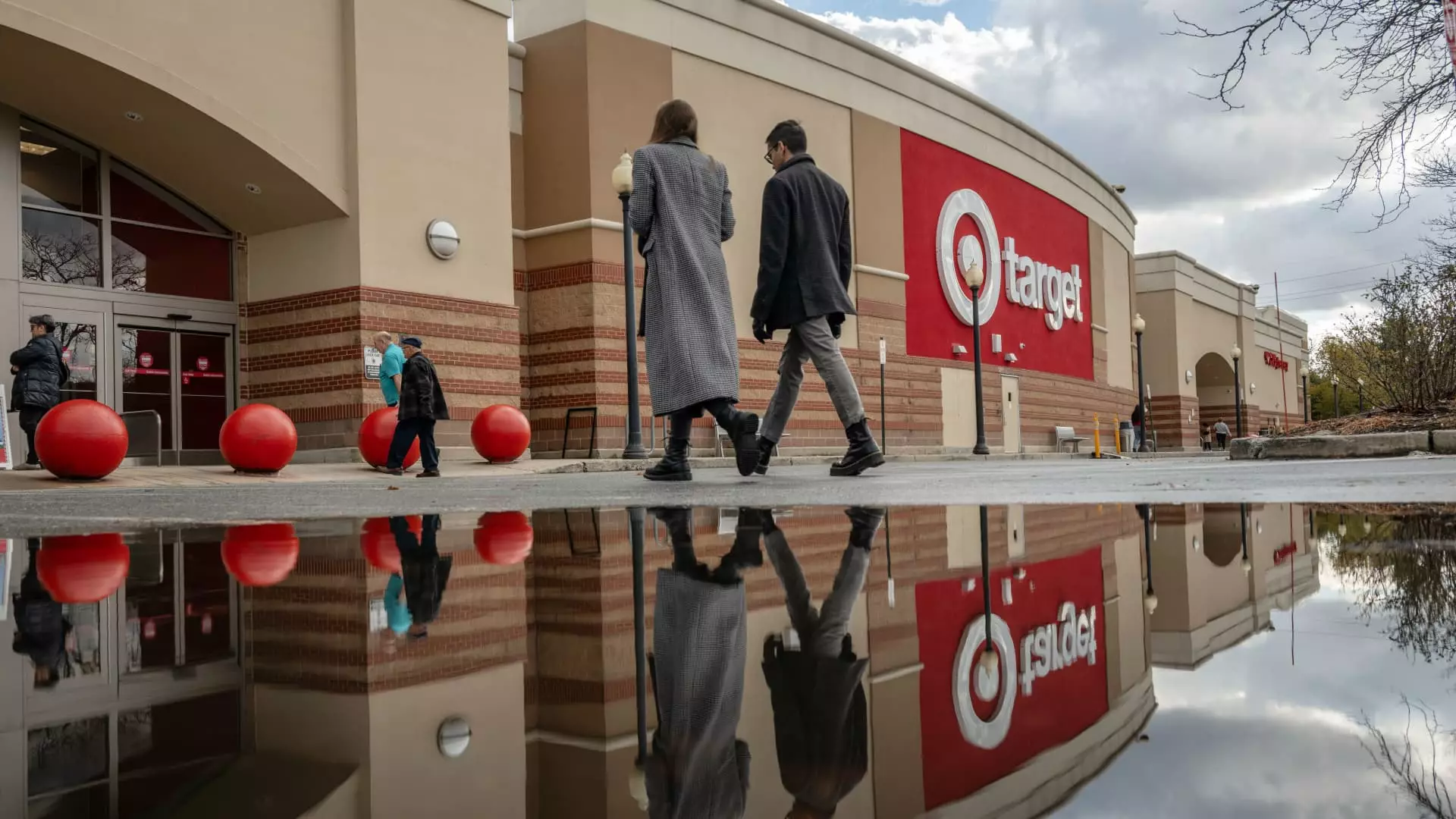The holiday season typically heralds an uptick in retail sales as consumers splurge on gifts, clothing, and festive items. Yet, despite the optimistic nature of this time of year, a stark divide has emerged within the retail world. Some brands are thriving, capitalizing on strategic foresight and consumer demand, while others struggle, reflecting a cautious consumer base still grappling with the remnants of inflation. This article explores the nuanced landscape of holiday shopping in 2023, shedding light on the behaviors of discerning consumers, the disparities between different retailers, and what this means for the season’s success.
As the season of giving unfolds, not all retailers are benefitting equally. Companies such as Walmart, Dick’s Sporting Goods, and Abercrombie & Fitch are reporting robust sales figures, signaling that their strategies have resonated with consumers. In contrast, giants like Target, Kohl’s, and Best Buy have faced disappointing earnings, highlighting a troubling trend where early holiday deals failed to significantly boost their sales. This dichotomy highlights a critical point: success is not solely determined by the scale of operations but by the agility and relevance of product offerings in an ever-evolving marketplace.
The recent earnings reports reveal that consumers have become more selective. As inflation continues to affect household budgets, shoppers are cautious with their spending, opting for quality over quantity. Neil Saunders of GlobalData Retail encapsulates this notion, suggesting that consumers are downsizing their purchases. This shift translates into a greater emphasis on essential versus discretionary spending, making it imperative for retailers to align their offerings with the evolving preferences of a more discerning consumer base.
The prolonged inflationary period in the U.S. has altered consumer behavior significantly. With rising prices in essentials like groceries and housing, discretionary spending has become a luxury rather than a norm. Although inflation rates have started to cool, the effects linger, compelling retailers to earn consumers’ trust. The shared understanding is that while customers are still willing to spend, they are more judicious about their choices. This calls for a deeper consideration of product value and relevance in retailers’ offerings.
According to research from the National Retail Federation, holiday spending in late 2023 is projected to increase by only 2.5% to 3.5%. This forecast, amounting to just under a trillion dollars, reflects a deceleration when compared to previous years’ growth figures. For retailers, this necessitates a recalibration of expectations and strategies. Businesses are required not just to promote products but to create value propositions that resonate with customers who are tightening their belts.
Some retailers are responding to these changing dynamics with innovative strategies. Dick’s and Abercrombie remain optimistic, revising their forecasts upward based on initial sales data. They attribute their success to an exciting introduction of carefully curated product assortments that appeal to current trends. For example, Abercrombie’s Chief Operating Officer noted an enthusiastic public response to their holiday offerings, indicating a solid alignment with consumer preferences.
Conversely, brands like Target are struggling despite efforts to attract shoppers. They have rolled out exclusive partnerships—such as a collection inspired by the popular “Wicked” movie—as well as price cuts on thousands of items. However, these tactics may not be enough to overcome the challenges presented by cautious consumer sentiments and a crowded market. With the rising trend of value purchasing, consumers are prioritizing products that serve practical purposes over impulse items deemed frivolous.
The Future of Holiday Retail
As we navigate through the holiday season, retailers must be prepared for potential pitfalls, including shifts in consumer behavior and economic uncertainties. Several analysts, like Marshal Cohen of Circana, suggest that the landscape will favor those able to provide not only lower prices but also a compelling value narrative. Retailers will need to be vigilant about managing inventory effectively, ensuring that their product mix meets consumer desires, and pivoting as necessary to avoid surplus stock post-holiday period.
Another pertinent factor is the external pressures that retailers often cite when their sales do not meet expectations, such as weather patterns or supply chain issues. Although these factors may occasionally impact performance, they can also serve as convenient scapegoats when the focus should be on internal strategies and responsiveness to changing consumer demands.
The 2023 holiday shopping season is poised to reflect a complex interplay of consumer choice, economic conditions, and retailer adaptation. As some brands flourish while others flounder, the key takeaway for retailers is clear: understanding consumer needs and optimizing the shopping experience are no longer optional; they are essential for survival in a competitive market.

